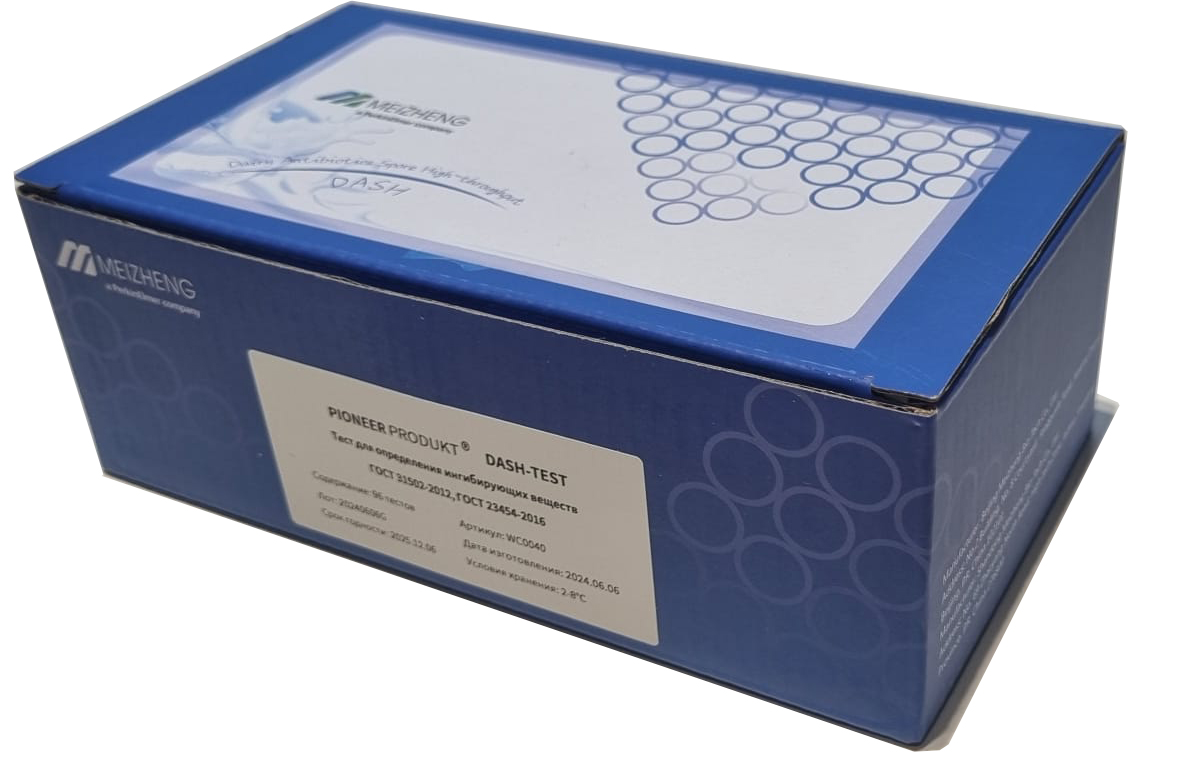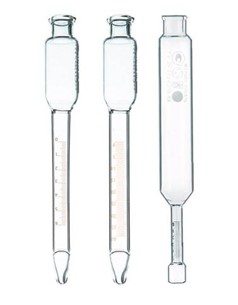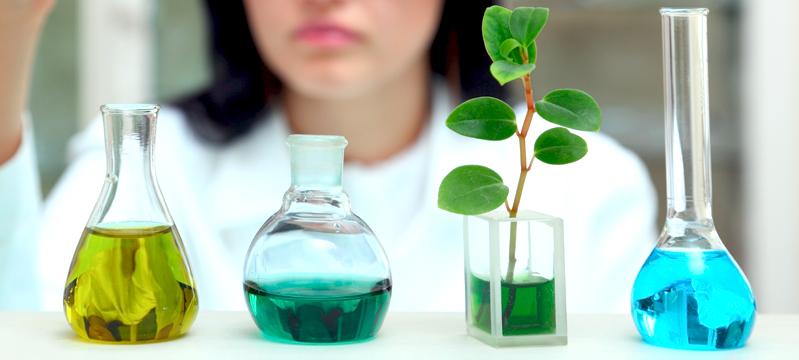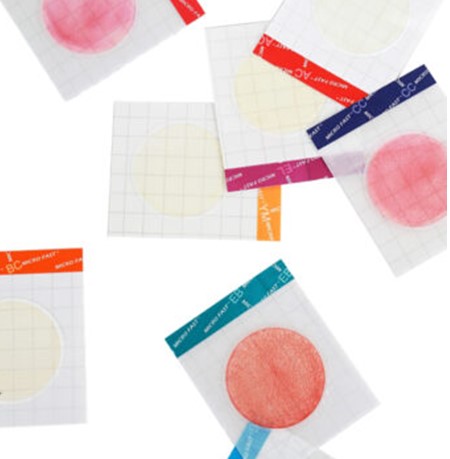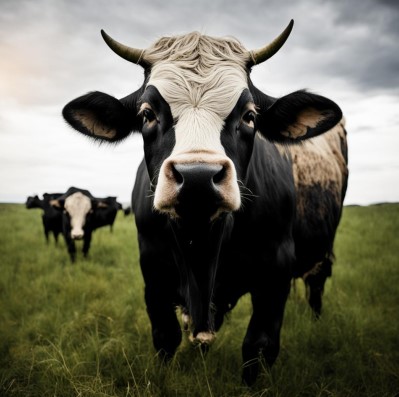Antibiotics in milk: what are they and how do they get there?

Photo is illustrative in nature. From open sources.
MILK is one of the most popular and beneficial HEALTH products. it is rich in protein, calcium and other vitamins and minerals. However, recent studies have shown that milk may contain antibiotics that can adversely affect human health.
Antibiotics are a class of drugs that are used to fight bacterial infections. They work by killing bacteria or stopping their growth. Antibiotics are widely used in medicine to treat various diseases such as pneumonia, urinary tract infections, skin infections, and others.
However, antibiotics can also be used in livestock to prevent and treat infections in animals. This can lead to the fact that antibiotic residues can pass into the milk.
In addition, some producers may use antibiotics to increase yields and speed up the growth of animals. This can result in animals receiving more antibiotics than they need, and antibiotic residues may end up in milk.
Some studies have shown that drinking milk with antibiotic residues can lead to various health problems such as allergies, antibiotic resistance, and dysbiosis.
However, most countries have strict milk quality control regulations and a ban on the use of antibiotics in milk production. There are also special milk processing methods that can remove antibiotic residues.
Therefore, if you want to be sure of the quality of milk, choose products from trusted manufacturers and follow the instructions for storing and preparing dairy products.
In general, antibiotics in milk are a serious problem for human health. However, the right choice of products and following the rules of storage and preparation can help to avoid negative consequences.
Read together with it:
- В Приморье владельцу коз вынесено предупреждение за игнорирование ветеринарных мероприятийПо информации управления, владелица частного подворья, Чернуха Г.В., отказалась предоставить для осмотра и проведения ветеринарных процедур 14 коз. Согласно российскому законодательству, владельцы животных несут ответственность за их здоровье и обязаны проводить профилактические мероприятия, направленные на предупреждение болезней. В управляющем органе подчеркивают, что владельцы животных обязаны ...
- Советы по борьбе с опасными заболеваниями животных: страны СНГ предпринимают совместные мерыВ рамках подписанных документов установлены три ключевых направления совместных действий: Профилактика и борьба с бешенством. Профилактика и борьба с ящуром. Профилактика и борьба с гриппом птиц и болезнью Ньюкасла. Цели данных инициатив включают предотвращение распространения заболеваний, снижение экономического ущерба, а также защиту здоровья человека. Реализация этих мероприятий требует координ...
- Belarusian exports of dry milk products to Myanmar quadrupled in the first half of the year.Photo by the Ministry of Agriculture and Food, September 30, MINSK . The first meeting of the Belarusian-Myanmar Joint Working Group on Cooperation in Agriculture and Food was held at the Belarusian Ministry of Agriculture and Food, the ministry told BelTA. The meeting was attended by Deputy Minister Ivan Smilgin, heads of the Ministry's departments, Ambassador Extraordinary and Plenipotentiary of...
- В ОАО "Святая Воля" в Ивацевичском районе за полгода выручка на каждого работника составила Br98 тыс.Владимир Любушак 26 сентября, Минск. ОАО "Святая Воля" - динамично развивающееся предприятие Ивацевичского района с выручкой от реализации на каждого работника Br98 тыс. Это результат первой половины 2025 года, сообщил в интервью журналу "Экономика Беларуси" директор акционерного общества Владимир Любушак.Угодья хозяйства раскинулись на более чем 1......
- Новое видео на нашем канале: Мифы и правда о верблюдах Что у верблюда в горбах? Породы, гибриды, типы и виды верблюдов.Верблюдоводство в Казахстане: молоко, мясо, шерсть, гибриды, наука и традиции. Опыт выдающегося казахстанского учёного - Дастанбека Асылбековича Баймуканова о верблюдах и их роли в степной культуре. В этом видео мы раскрываем всё о верблюдах и верблюдоводстве в Казахстане. Дастанбек Асылбекович делится практическим опытом и научными знаниями, накопленными за десятилетия работы с этими уникальными ...



